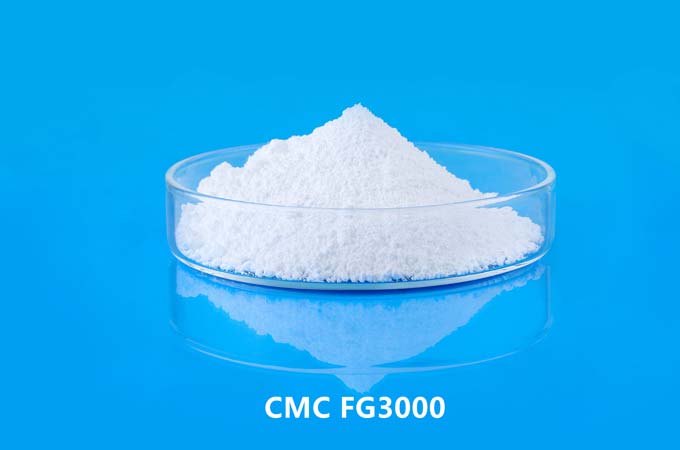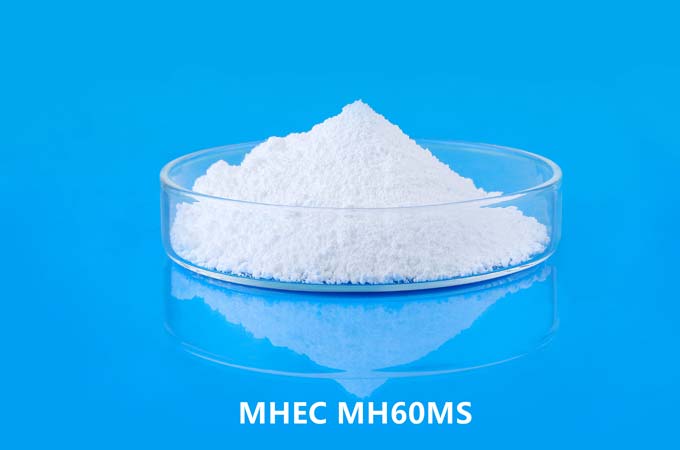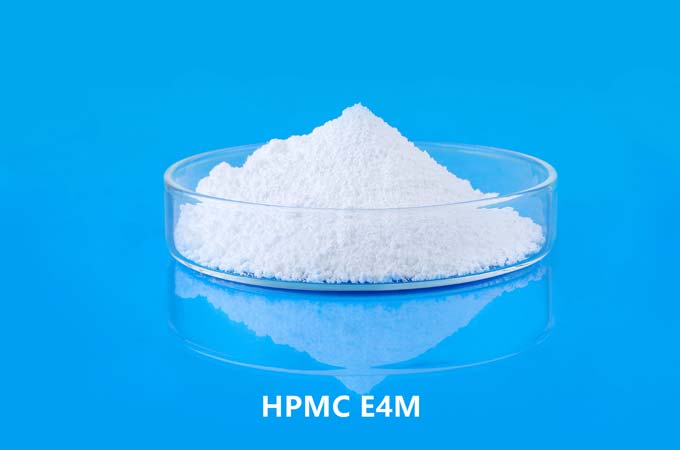Ice cream is one of the foods that has developed rapidly in recent years. With the rapid development of the national economy and the continuous improvement of people's living standards, the demand for various fancy ice creams is also increasing. Although the amount of thickening stabilizer added in ice cream is only about 0.5%, it plays a very critical role in the quality and taste of ice cream.
1. Application of Sodium Carboxymethyl Cellulose in Ice Cream
Compared to other substances such as starch and guar gum, sodium carboxymethyl cellulose dissolves rapidly in both cold and hot water. Its aqueous solution has high transparency and fluidity, and can form a stable network structure at different temperatures. In the storage process, it is not sensitive to temperature changes, and the product structure is stable. Therefore, sodium carboxymethyl cellulose can enhance the melting resistance of ice cream.
The aqueous solution viscosity of sodium carboxymethyl cellulose is higher than that of xanthan gum, gelatin and sodium alginate, and has good compatibility. When used in combination with these colloids, the viscosity can be multiplied. Therefore, adding sodium carboxymethyl cellulose to ice cream can improve the consistency of the mixture and liquid under the premise of homogenization and ripening. According to the "Stokes" law, "the floating rate of fat is proportional to the square of the fat diameter", increasing the viscosity of the material and liquid can avoid the re-aggregation of fat in the mixture during the cooling and aging steps. At the same time, sodium carboxymethyl cellulose has strong dispersibility, which can make the mixed material more uniform and is more suitable for industrial production.
Sodium carboxymethyl cellulose is a strong hydrophilic colloid, which can quickly combine with free water in materials and liquids, distribute evenly in the mixture, and make the air form very small bubbles when stirring, making the ice cream texture fine and smooth. The taste is good, and the expansion rate of the product is improved at the same time. Sodium carboxymethyl cellulose can play a certain emulsifying effect. In ice cream, it can not only capture calcium in the mixture, but also dissociate casein molecular clusters, increase the emulsification ability of protein and fat, and reduce the cohesion of fat at the same time, which plays a certain role in the homogeneity of ice cream. Mixed solution of ice cream.
2. Requirements for Sodium Carboxymethyl Cellulose for Ice Cream
When CMC is used as a stabilizer for ice cream, there are some special requirements. In order to improve the uniformity of the mixture, sodium carboxymethyl cellulose should be rich in pseudoplasticity to increase the shape retention of ice cream; in addition, the viscosity of sodium carboxymethyl cellulose should be high, and it can be measured with a Brookfield rotational viscometer or NDJ-1 The viscosity measured by a type viscometer is 15-20 Pa·s, and the mass fraction of sodium carboxymethyl cellulose is 2%. Now there are many fruit-based ice creams, and the PH value of the mixture is acidic, so sodium carboxymethylcellulose is required to have a high degree of substitution, good reaction uniformity and tolerance to certain acids; high temperature short Time sterilization is used in the industrial production of ice cream, so sodium carboxymethyl cellulose is required to have good thermal stability. Therefore, the quality requirements of sodium carboxymethyl cellulose for ice cream are very high, the degree of substitution is 0.80-0.85, the acid-viscosity ratio is greater than 0.80, and the transparency of the solution is better.
3. Content of Sodium Carboxymethyl Cellulose in Ice Cream
Sodium carboxymethyl cellulose can be used alone, the dosage is 0.4%-0.5%. When used in ice cream, it should be dry mixed with white sugar first, then dissolved and filtered. If it is mixed with 0.1%-0.15% emulsifier, the advantages of sodium carboxymethyl cellulose can be better reflected. The compound emulsion stabilizer is currently widely used in the industrial production of ice cream, and its main advantage is that it is easy to use. Various emulsion stabilizers can be compounded according to different requirements of ice cream.
1). 32% gelatin (through 80 mesh), 35% sodium carboxymethylcellulose, 33% glyceryl monostearate; the amount used in ice cream is 0.45%-0.50%.
2). 20% sodium alginate, 60% sodium carboxymethyl cellulose, 15% glyceryl monostearate; 5% sucrose ester; the dosage in ice cream is 0.45%-0.50%.
3). 30% guar gum, 40% sodium carboxymethylcellulose, 10% xanthan gum, 10% glyceryl monostearate, 10% sucrose ester; the dosage in ice cream is 0.4%-0.55%. For various fruit popsicles, the amount of sodium carboxymethylcellulose added can be 0.50%. Using the compound emulsification stabilizer of the invention can reduce the agglomeration of raw materials in the dissolution process, shorten the aging time of products, adjust the expansion rate of products, and make it more suitable for industrial production.
 English
English 日本語
日本語 français
français Deutsch
Deutsch Español
Español italiano
italiano русский
русский português
português العربية
العربية Türkçe
Türkçe Nederland
Nederland



